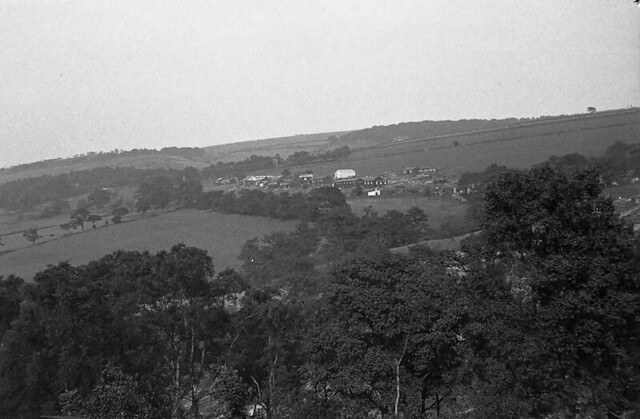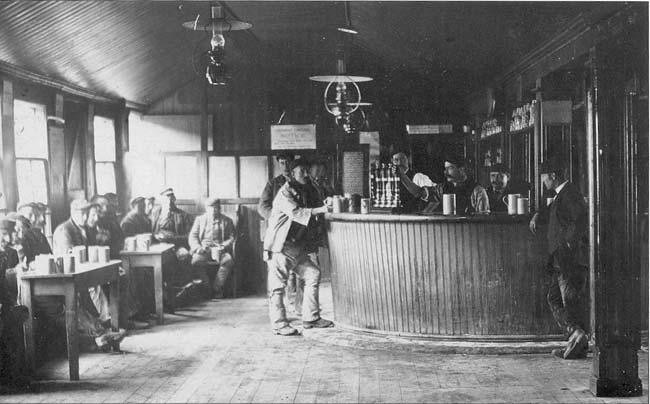The Dale of Goyt proved to be too much of a chance to miss for the Water Board.
It was just perfect.
It had an enormous catchment area and was fairly remote.
The Chilworth Powder Mill had closed and farms and houses could be bought cheaply enough.
There was just a small village nearby: Fernilee, so called after “ferny-lea” an open pasture land abounding with scented ferns.
So plans were put in place to construct a dam across the valley.
There were other contracts which we shall delve into later.
But first as in all major contracts there were preliminary works and site set ups to consider before work commenced.
At the same time as Fernilee Reservoir was in the planning stages there were also plans to construct Errwood Reservoir. A lot of people think that Errwood was thought about years later but this is not the case at all; Errwood was always going to happen and was on the drawing board with Fernilee.
The valley was too long and extensive to have just one dam.
But Errwood was constructed some 30 years after Fernilee.
I really have no idea how they managed to plan, programme, cost and construct Fernilee and all the associated works so long ago. It would be a test even today with modern equipment, computers, laser levels etc. None of which they had in the 1930’s.
There was also a shortage of labour in the area and there were no known dam builders from Fernilee and the surrounding areas. But shortage of suitable local labour was not a problem.
There was access to a labour force of Navvies who would live on the job.
So I imagine the first job would have been the site set up which would consist of housing for these men. I don’t know how many were employed at Fernilee; probably hundreds and so a temporary village was built for them to live in.
This was constructed on the road down to the dam and these temporary villages were known as Tin Towns because of the corrugated iron used in the building of the huts.
The Navvies were not popular wherever they set up camp as locals perceived them as heavy drinking, foul mouthed and uncouth womanisers so they were almost confined to barracks for the duration of each job.
At some of the larger projects in the country housing comprised of dormitories for the single men and smaller huts for married men with families. Some had hospitals, a school, a Post Office, greengrocers, cobblers, tobacconist, bath house and even a small police station.
These were for schemes when the workforce numbered into the thousands. Fernilee was a much smaller job but one thing it probably did have was a canteen with an alcohol licence. They all had one of those for it kept the men on site and they were not roaming around the local pubs. Licences were granted by the local authority for the duration of the job.
The work was hard and conditions were sometimes harsh, health and safety was almost non existent. Pay would have been a few pounds a week and hours were long.
Below are 2 photos of the Tin Town at Fernilee and one of the ‘canteen’ at another large reservoir construction site.
R. S-S



